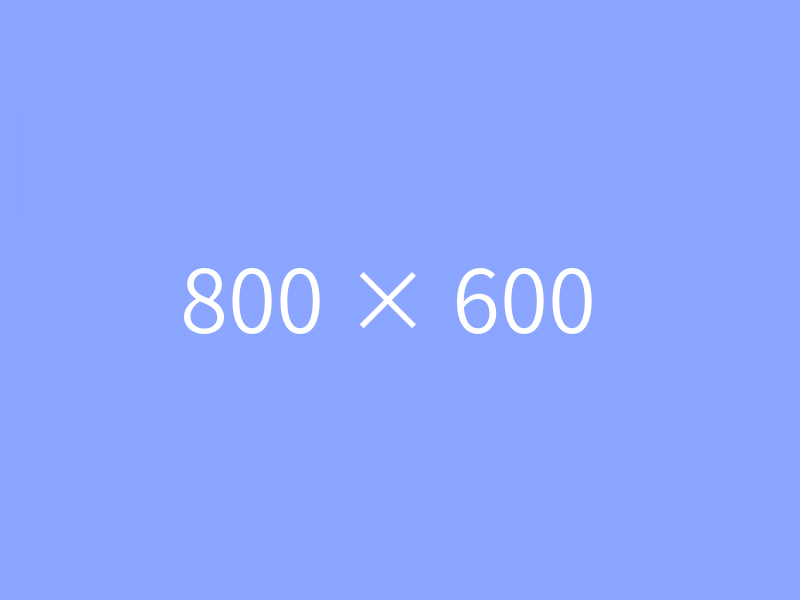Passage Two
Now the robots are coming for our farms. The Washington Post tells us “farmworkers could be replaced by robots sooner than we think.” The Guardian paints a picture of “space bots with lasers, killing plants.” The New Yorker calls ours the “age of robot farmers," forecasting that “the future of fruit-and-vegetable farming is automation.” To illustrate that, The New Yorker writes about Berry 5.1, which has so far cost $10 million to design and would pluck strawberries more precisely than clock punching farmhands. It also highlights an indoor vertical farm in New Jersey that runs on an operating system, grows salad greens with LED lights that are “the cheapest and most efficient way of replacing the sun,” and operates like the automated Amazon fulfillment center its owner used to manage. Many of these kinds of articles end with the rather generic claim that the efficiency of “precision agriculture” will save labor and save the planet.
What boosters really mean by the robotics of “precision agriculture" is more of an A.I. approach, with cloud-enabled, network assisted, data. intensive autonomous machines, none of which are cheap, all of which will require maintenance that farmers may not be able to do themselves. Altogether, it will drive farmers deeper into the debt they already carry. They carry that debt, and indebtedness to off-farm suppliers, because we already have a robot present and past. It's here and has been for a long time, as so-called robot farming is another way to think about industrial agriculture and its ethos of labor -saving efficiencies. In 2013, Matthew Yglesias rightly noted that “the use of the word ‘robots’ as a synonym for ‘labor-saving technology’ is a rhetorical trick to make long-standing trends seem new and alarming.” This robotic farming future is not the pure good the venture capitalists would have us believe. It may, in fact, take us further down the road that got us into our agricultural problems in the first place, encouraging more monocropping and land expansion while reducing the resilience of diversified planting schemes. What's more, it perpetuates a long lineage of fashioning the future of farming without actual farmers or their knowledge.
That lineage began about a century ago. In the shadows of broader manufacturing development, tractors, harvesters, reapers, threshers, and combines (which smartly combined several of them) would give us the farm of tomorrow. The goal was to improve productivity so we could grow more food with fewer farmers. And it basically worked. By 1910, agricultural labor was 31 percent of the US population, down from 56 percent a half-century earlier. (It was 12 percent in 1950, 2 percent in 2000.) Displaced farmers found jobs in other industrial sectors, at the cost of further separating growers from eaters.
Robot farming is______.
A、not a new phenomenon
B、a debt for off-farm suppliers
C、anything but a labor-saving technology
D、a rhetorical trick in the sense of giving alarm
【正确答案】:A
【题目解析】:根据because we already have a robot present and past得出答案。

微信小程序
微信扫一扫体验
投稿

微信公众账号
微信扫一扫加关注
评论 返回
顶部

发表评论 取消回复